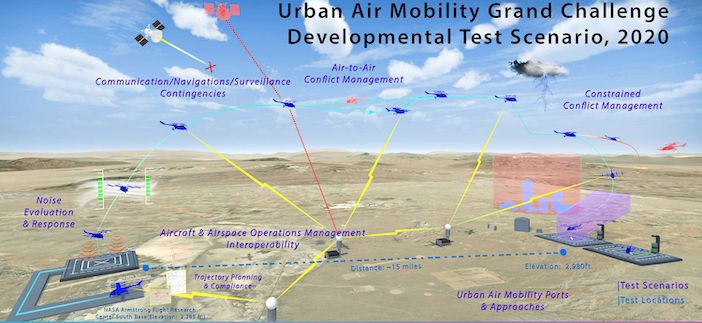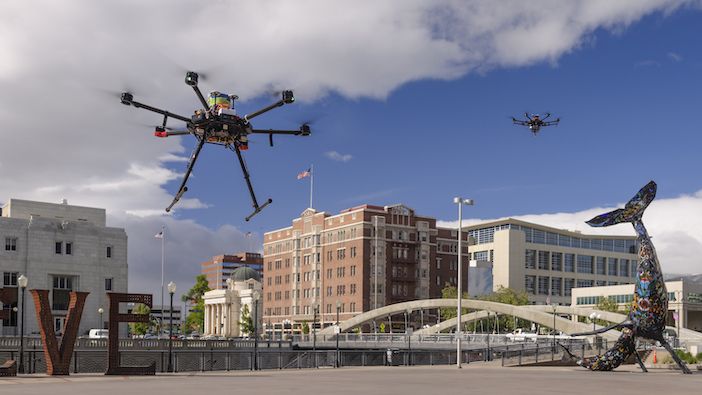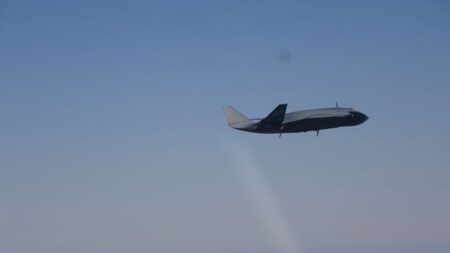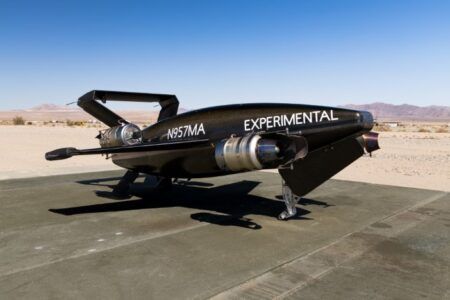NASA has signed Space Act Agreements with 17 aerospace companies to advance plans for its Urban Air Mobility Grand Challenge technology demonstrations.
The NASA-led Grand Challenge series brings together companies that are developing and/or operate air vehicles or airspace management services within an Urban Air Mobility (UAM) system. The Challenges aim to test the capabilities and readiness of air vehicles and systems in and around densely populated metropolitan areas.
Space Act Agreements are legal authorizations for NASA to work with companies that enable the fulfilment of its mandate.
The first Grand Challenge is scheduled for 2022 with several developmental testing activities planned. The first will be the Grand Challenge Developmental Testing (GC-DT), which will lay the groundwork for the first challenge.
So far, 17 companies have signed Space Act Agreements with NASA to participate in GC-DT and activities leading up to the first Grand Challenge. Participants include Joby Aviation, which is involved in the GC-DT, as well as Boeing, Uber and Bell.
The goal of the developmental test is to assess the readiness of NASA’s test infrastructure while integrating a mobile operating facility and NASA airspace services. The test will verify relevant flight test scenarios, assist in data collection and assess readiness.

UAM is expected to provide innovations such as small package delivery within dense urban areas; personal taxi service by air; air medical services and cargo delivery to under serviced communities.
Robert Pearce, NASA’s associate administrator for aeronautics said, “We’re continuing to put the pieces together that we hope will soon make real the long-anticipated vision of smaller piloted and unpiloted vehicles providing a variety of services around cities and in rural areas.”
The Federal Aviation Administration (FAA) is also involved in the Grand Challenges, to formalize best practices which will enable the development of new regulations.
“Our partnership with the FAA will be a key factor in the successful and safe outcomes for industry that we can expect from conducting these series of Grand Challenges during the coming years,” Pearce said.
“We consider this work as a risk reduction step toward Grand Challenge 1,” said Starr Ginn, NASA’s Grand Challenge lead. “It is designed to allow U.S. developed aircraft and airspace management service providers to essentially try out their systems with real-world operations in simulated environments that we also will be flight testing to gain experience.”





